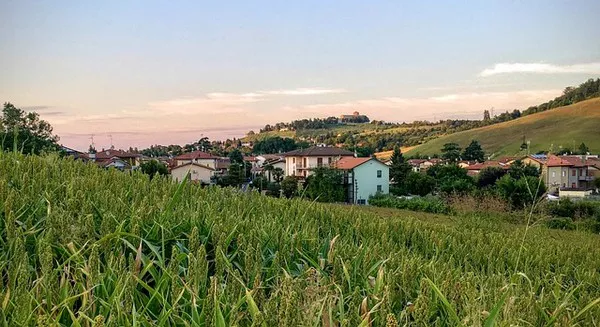A recent study conducted by the Universities of Bonn, Kassel, and Göttingen has uncovered unexpected results regarding the rooting behavior of mixed cover crops. Here are the key findings from this study:
Cover Crops in Agriculture: Cover crops are planted after harvesting main crops to prevent soil erosion, nutrient leaching, and weed growth. They play a crucial role in maintaining soil quality and sustainability in agriculture.
Assumption of Mixed Cover Crop Benefits: It was widely assumed that planting a mixture of different cover crops would result in more intensive rooting, benefiting the entire soil profile. This assumption was based on the idea of niche differentiation, where different species’ roots explore different soil depths.
Surprising Results: The study investigated cover crops such as oil radish, winter rye, and crimson clover, either planted as single species or mixed cover crops. Contrary to expectations, mixed cover crops did not exhibit greater overall root mass across soil layers.
Specific Effects: When oil radish and winter rye were planted together, the roots of oil radish penetrated deeper into the soil, but they were significantly thinner. This resulted in no overall increase in root mass compared to single-species plantings.
Root Growth of Crop Mixtures: The study highlighted the limited understanding of root growth dynamics in crop mixtures. Research in this area is challenging and labor-intensive, involving meticulous soil sampling, root cleaning, scanning, drying, and weighing.
Painstaking Research: Researchers collected hundreds of soil samples and conducted detailed root analysis to reach these conclusions. Despite the laborious process, the study emphasizes the need for further research into the rooting performance of arable crops.
New Discoveries: The study underscores that there is still much to learn about how different cover crops interact and affect soil structure. It highlights the potential for new insights that can improve agricultural practices.
In summary, the study challenges the common assumption that mixed cover crops result in more extensive root systems. Instead, it suggests that specific interactions between cover crop species can lead to unexpected outcomes, emphasizing the need for continued research in this field.


